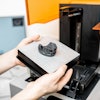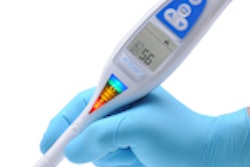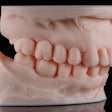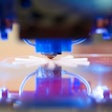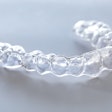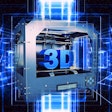Dear Imaging & CAD/CAM Insider,
Enthusiasm for chairside intraoral scanning as a more precise, productive, and patient-friendly option to traditional impression making was high when the first commercial products hit the market a few years ago. But the dental community has been slow to make the transition to this new technology.
What's holding them back, and what are vendors doing to make the value proposition more attractive? Find out in our latest Imaging & CAD/CAM Insider Exclusive.
In other Imaging & CAD/CAM Community news, as dentistry transitions from a surgical to a wellness model, the ability of optical coherence tomography to image the progression of caries beneath dental sealants could be the catalyst that helps practitioners begin to see the true value of this next-generation diagnostic tool. Read more.
On the clinical front, orthodontic radiographs appear to promote cytotoxicity in oral mucosa, according to a study in Dentomaxillofacial Radiology -- calling into question once again whether multiple cephalograms are warranted in all cases.
In product news, a handheld device that uses electronic impedance spectroscopy to detect the presence of caries by measuring a tooth's mineral density is now making its way into the U.S. market, and its developers say it yields fewer false positives and greater accuracy than competing laser fluorescence products. Read more.
Meanwhile, a tiny, high-resolution camera originally developed in Sweden for applications in space is now being touted for dental imaging. And a new device designed to measure the performance of x-ray equipment and cone-beam CT systems can turn your laptop computer into a multifunction x-ray analyzer.
Finally, scientists from Stanford University and Varian Medical Systems will use a $3.6 million research grant from the National Institutes of Health to improve the quality of CT images for patients who have metal objects such as dental restorations in their bodies.



